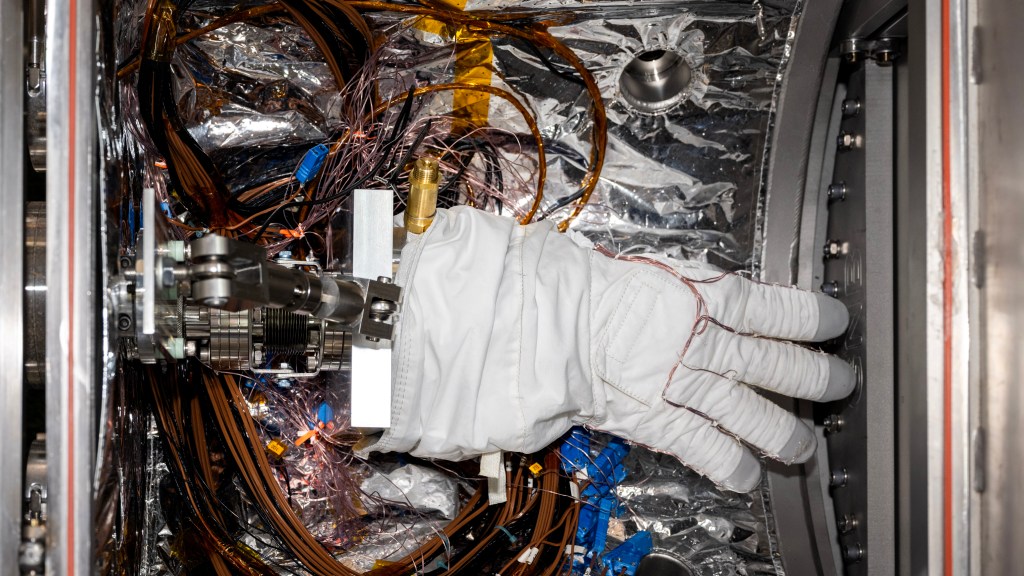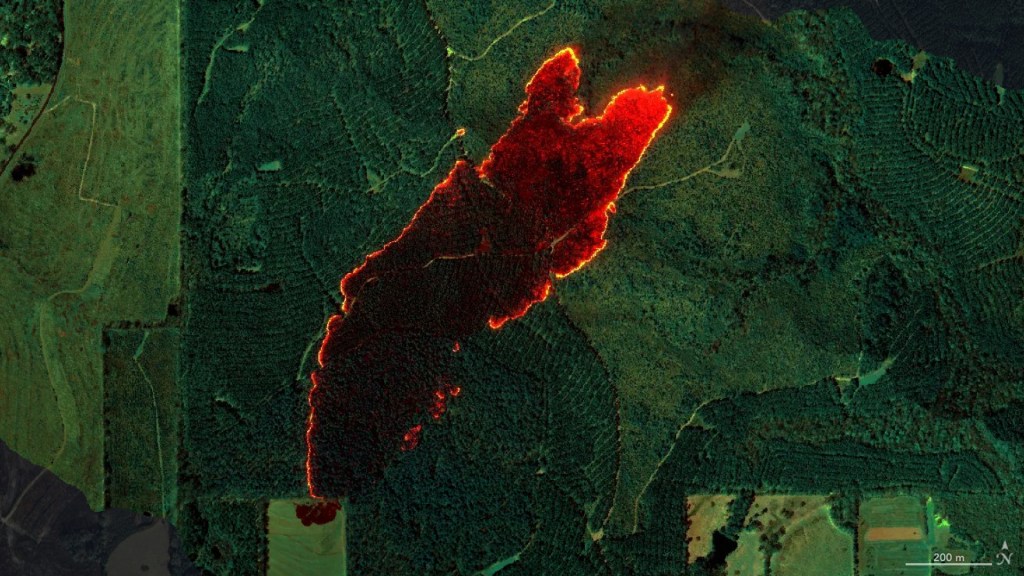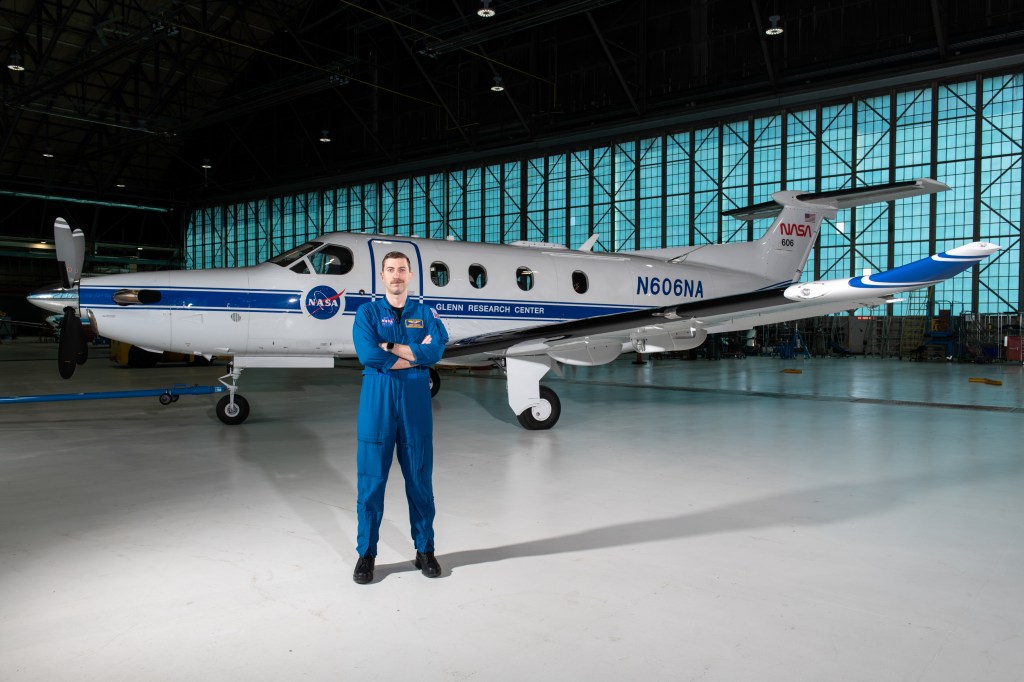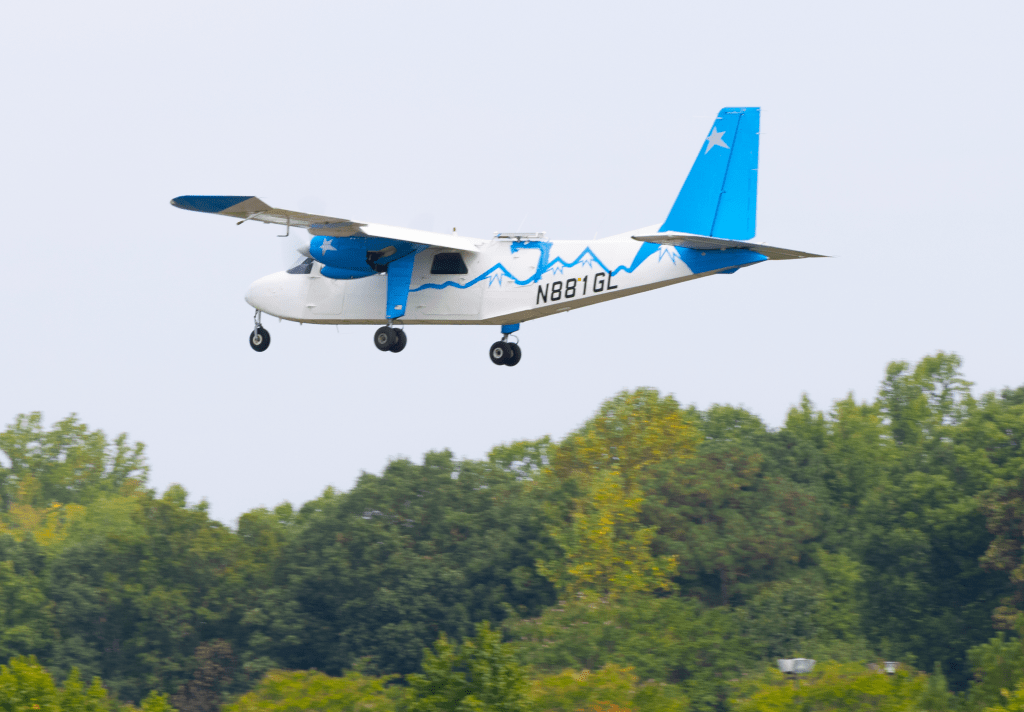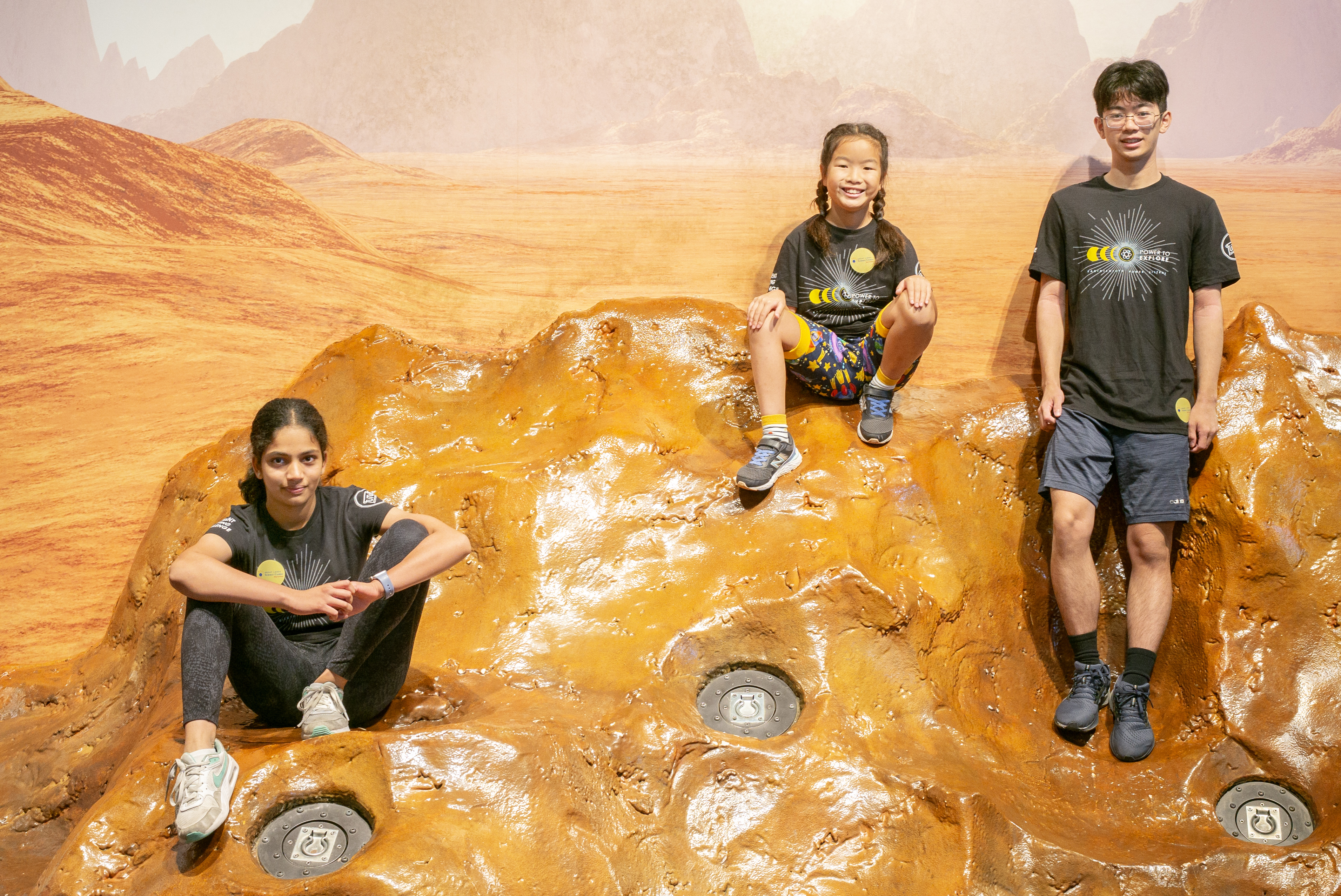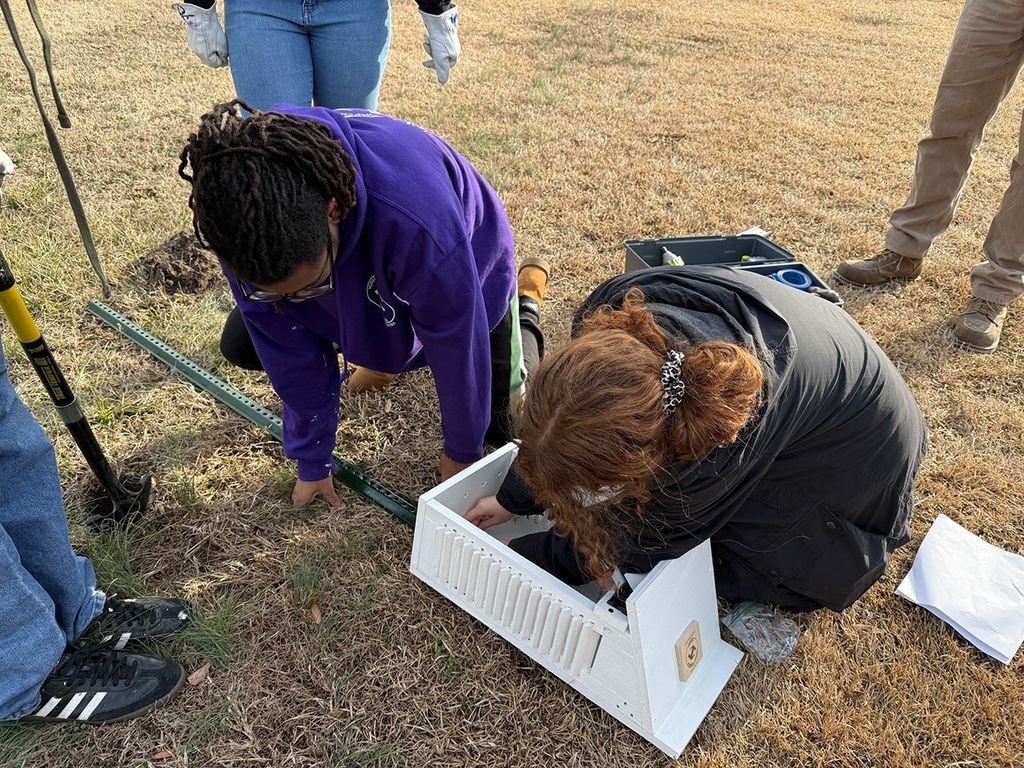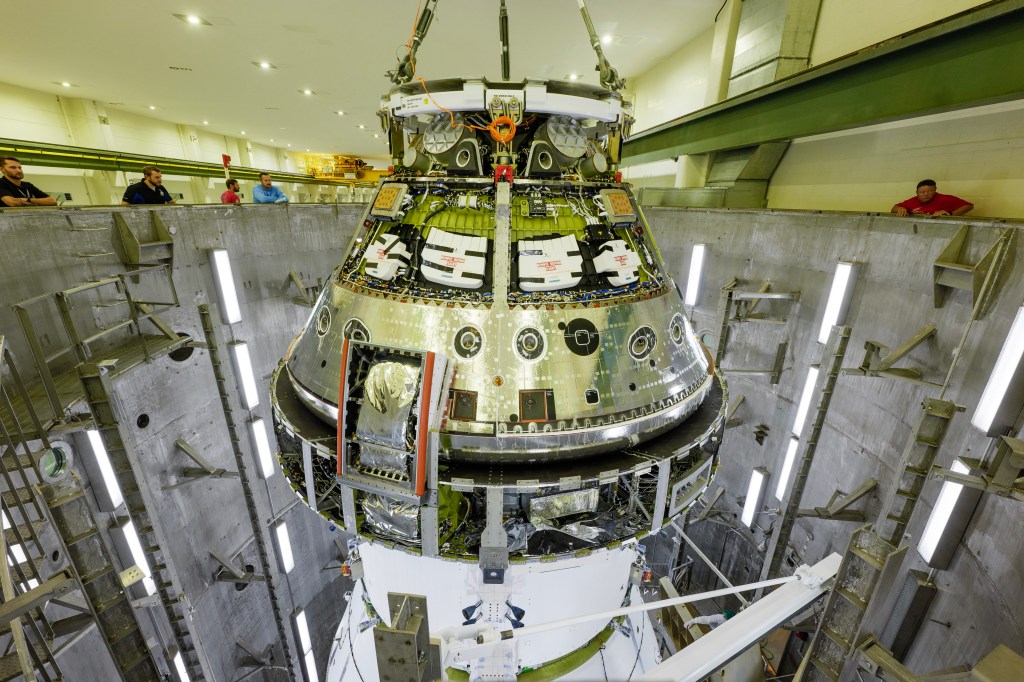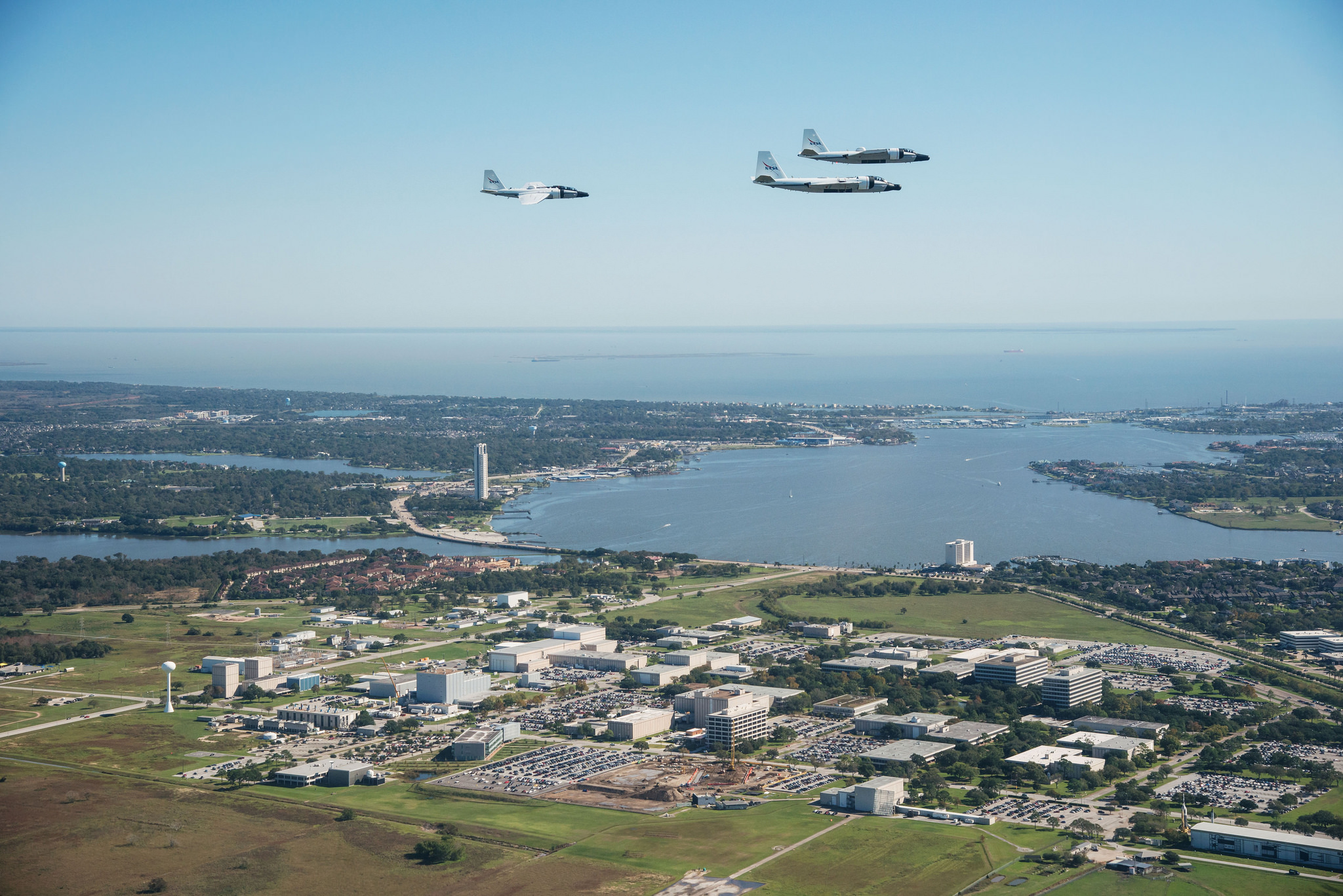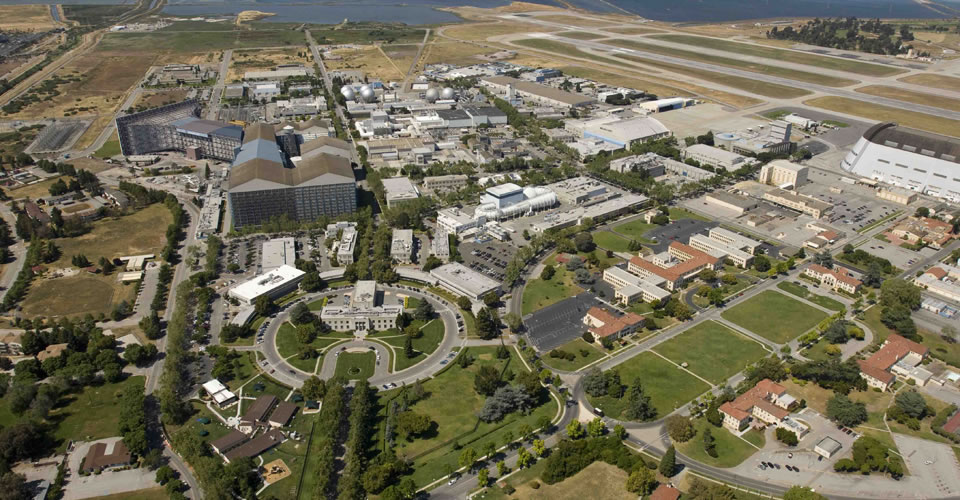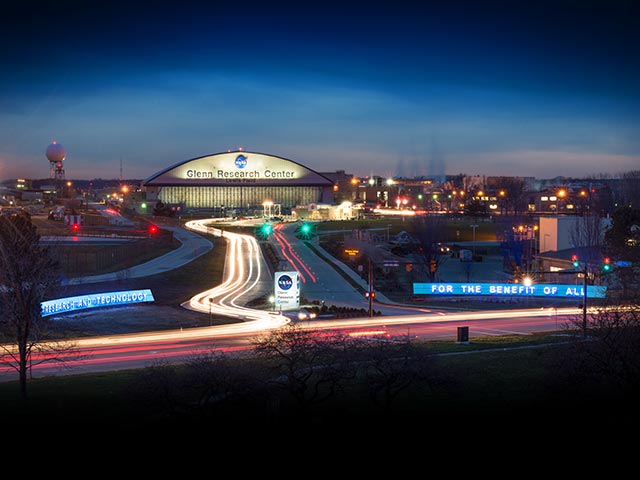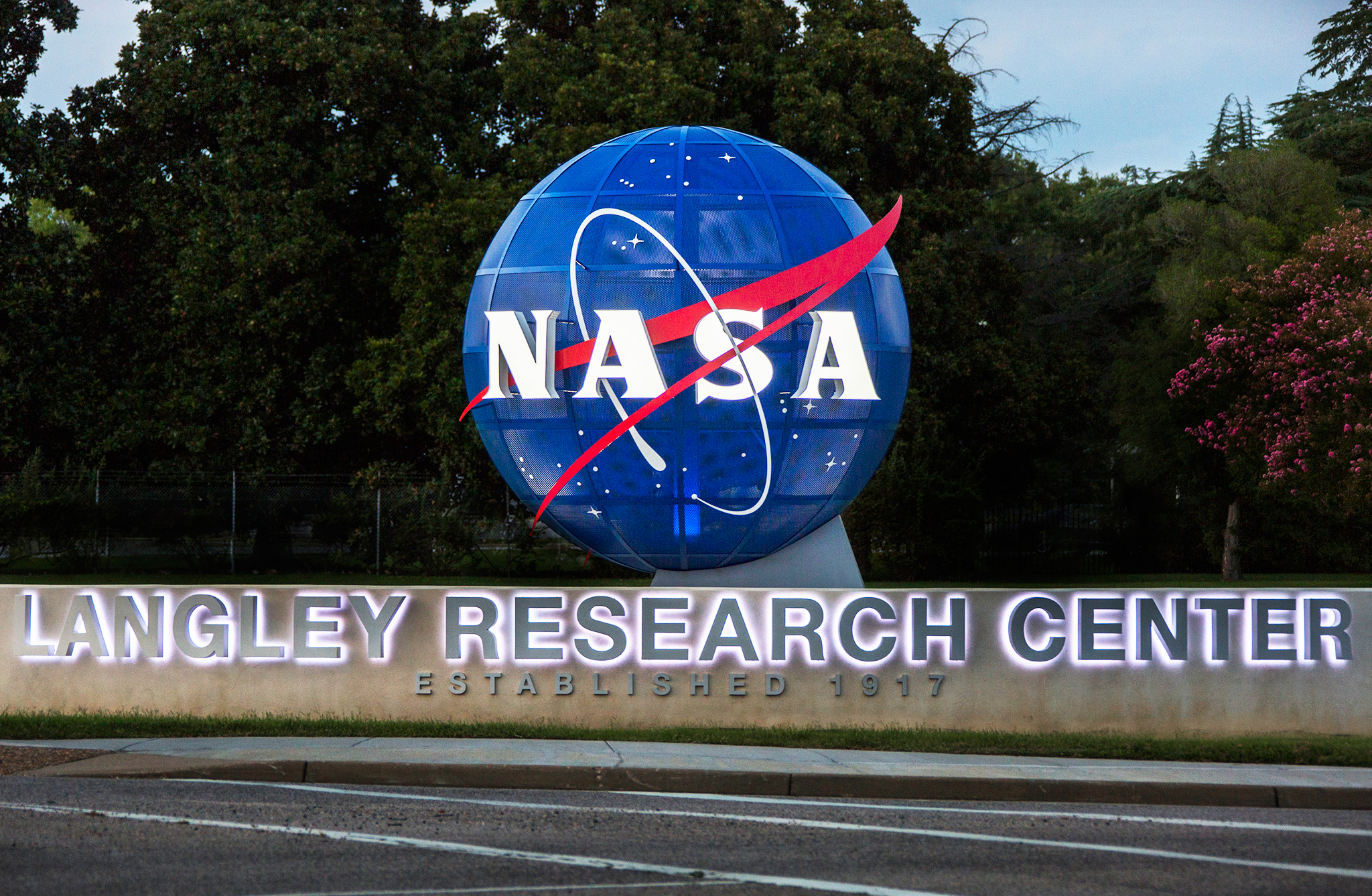HRP Locations
The Human Research Program (HRP) is headquartered and administered at Johnson Space Center in Houston, Texas. However, many program-related studies and engineering projects are conducted in collaboration with research teams at other facilities and institutions across the nation. Below are some examples of the type of research work at each NASA center.
Johnson Space Center
Located on a 1,620-acre campus in Houston, Texas, the Lyndon B. Johnson Space Center is the hub of NASA’s human spaceflight research and oversight activities and is the primary site of the Human Research Program. In addition to coordinating research and development projects at a number of facilities and test sites across the country, scientists and engineers at the Johnson Space Center conduct studies related to space radiation, exploration medical capability, microgravity, human factors, habitability, and behavioral health.
For more information on the Johnson Space Center visit: https://www.nasa.gov/centers/johnson/home/index.html
Ames Research Center
Founded in 1939 as an aircraft research laboratory, Ames Research Center (ARC) is located in the heart of California’s Silicon Valley. Although the center has a primary focus on IT and computing, ARC is also a leader in human factors research. This area of study is devoted to understanding the variables that affect human performance in space and then to design applications, equipment, and environments that align with these parameters. Other HRP-related studies conducted at the Ames Research Center include work on space radiation, lunar dust, and biomedicine.
Find more information about the Human Research Program at ARC at:
http://human-factors.arc.nasa.gov
Glenn Research Center
Originally established in 1941 and officially renamed the John H. Glenn Research Center (GRC) in 1999, this state-of-the-art facility in Cleveland, Ohio is dedicated to developing advanced spaceflight technology. The human research conducted at the GRC focuses on exercise, physiology, exploration medical capability, and other related issues.
Find more information about the Human Research Program at GRC at: https://www1.grc.nasa.gov/space/human-research-program/
Go behind the scene. Access NASA Langley Virtual Tour site and learn our role in NASA by taking a virtual tour of NASA Langley Research Center. Visit: https://virtualtour.larc.nasa.gov
Kennedy Space Center
Known primarily as NASA’s space-vehicle launch facility and spaceport, research teams at John F. Kennedy Space Center (KSC) near Cape Canaveral, Florida also contribute to several key HRP projects. The Baseline Data Collection Facility (BDCF) is a laboratory with specialized equipment that allows scientists to collect biomedical data from crewmembers before, during, and after space flight. Kennedy research personnel also conduct HRP-related projects focusing on physiology, cardiovascular and pulmonary health, cellular and molecular biology, virology, hematology, microbiology, neurology, pharmacology, nutrition, and vestibular systems.
For more information on the Kennedy Space Center visit: https://www.nasa.gov/centers/kennedy/home/index.html
Langley Research Center
Established in 1917, Langley Research Center in Hampton, Virginia is the oldest of NASA’s field centers. With a current research focus that combines elements of both aeronautics and space flight, Langley was the site of the first incarnation of the Human Research Program, the Man-In-Space Program. Today, Langley research personnel continue to contribute to several HRP projects, including efforts to measure and mediate space radiation.
For more information about Langley Research Center visit: https://www.nasa.gov/langley


